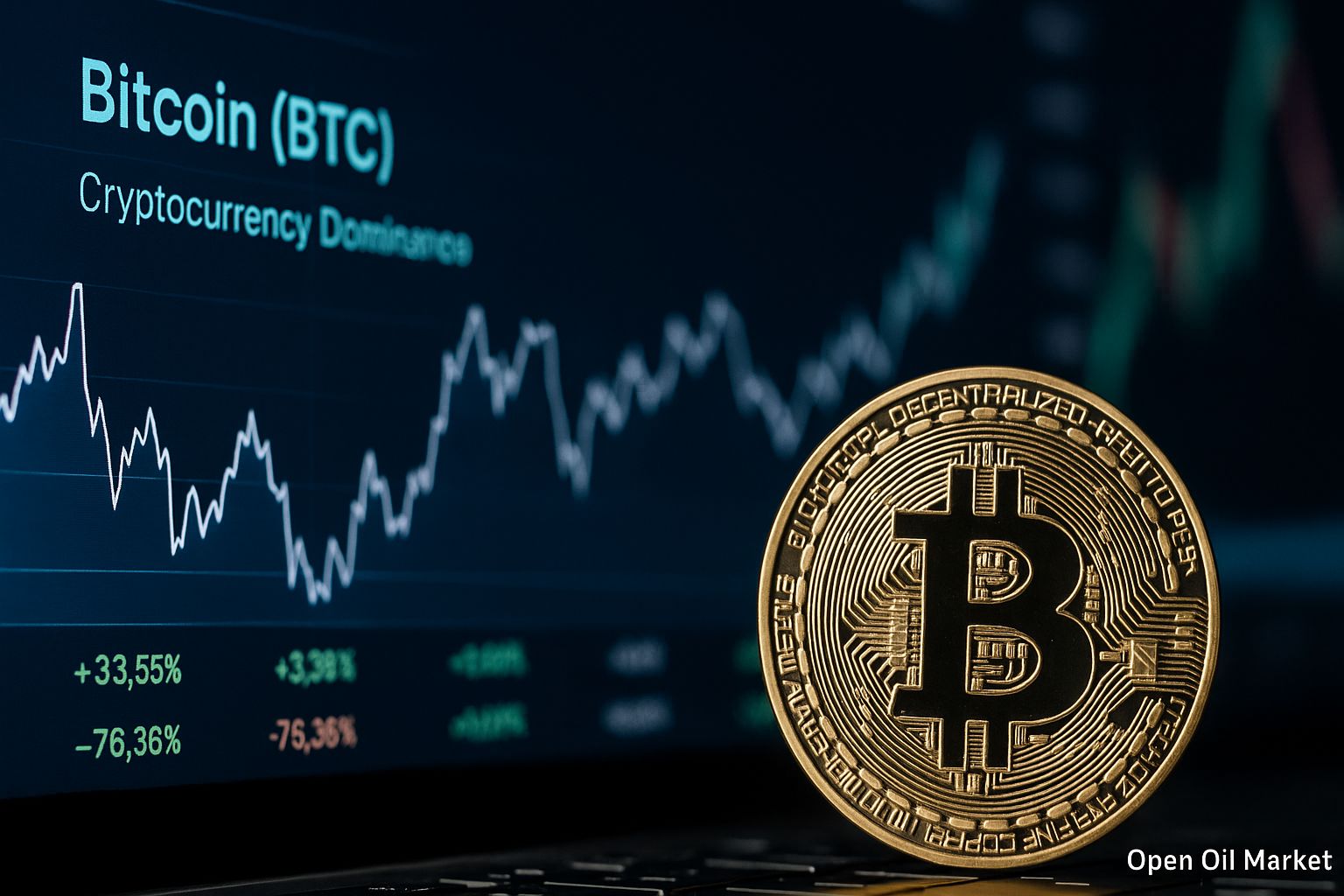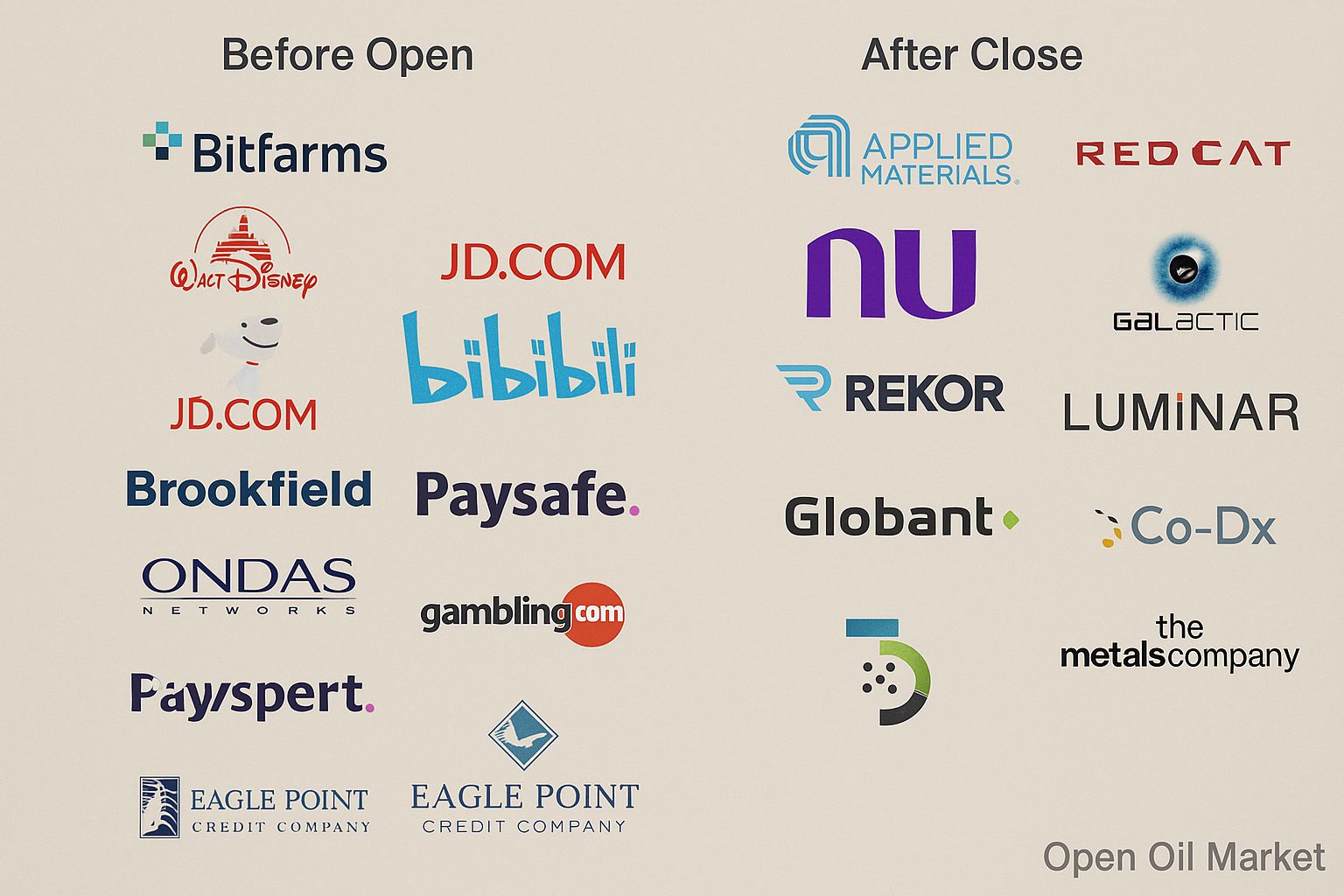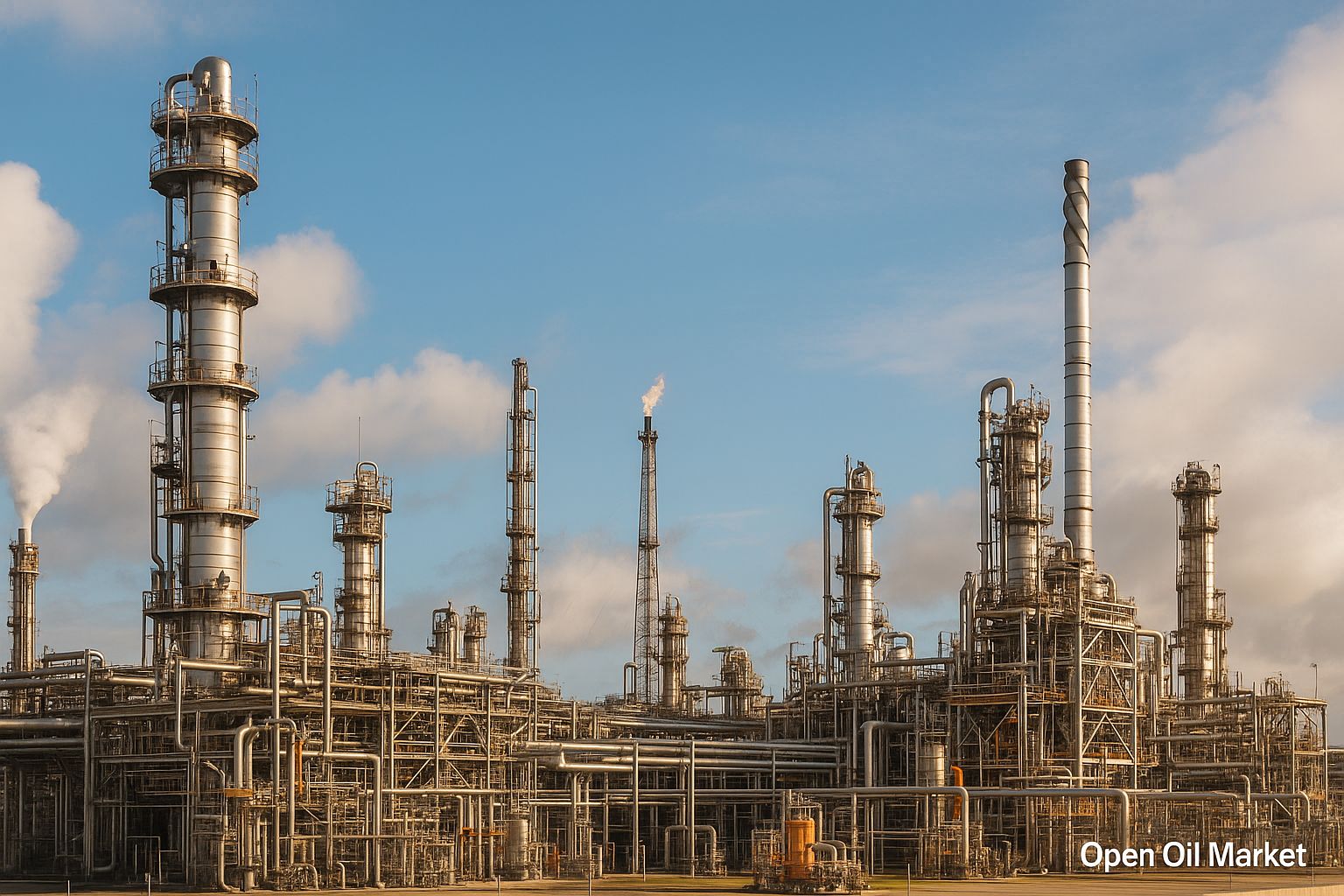
Global and Russian Fuel and Energy Sector News as of 26 October 2025: Escalating Sanctions, Confident Winter Preparations, Renewable Energy Records, and Stabilisation of the Russian Oil Products Market.
Current events in the fuel and energy complex (FEC) as of 26 October 2025 unfold against the backdrop of intensifying sanctions between Russia and the West, alongside the approaching winter season. The sanctions confrontation has escalated to a new level: the United States this week imposed direct restrictions on leading Russian oil and gas companies, urging allies to completely halt trade in Russian energy resources. Reports suggest that India and China are prepared to reduce their purchases of Russian oil under external pressure—although New Delhi and Beijing have not officially confirmed such plans, the mere existence of these signals adds to market uncertainty. Meanwhile, the European Union is tightening its sanctions regime, closing remaining loopholes (including bans on re-exporting oil products made from Russian crude through third countries).
Simultaneously, global commodity markets are demonstrating relative stability. After a brief slump below $60 a barrel, Brent crude prices are stabilising in the $60–62 range, buoyed by ample supply. The European gas market enters winter with record fuel reserves (storage facilities are more than 95% full), which has enabled gas prices to fall to comfortable levels (TTF index around €30 per MWh)—depending on mild weather conditions. Against this backdrop, the global energy transition continues to accelerate: investments in renewable energy are reaching record highs, and the share of clean sources in global generation is steadily increasing, although oil, gas, and coal remain critically important for meeting demand.
In Russia, the internal fuel market situation has noticeably stabilised following emergency government measures. By mid-October, the acute shortage of gasoline and diesel that was observed at the end of summer had largely been addressed: wholesale prices have retreated from peak levels, independent filling stations have resumed normal fuel sales, and supply has returned to normal in most regions. Nevertheless, authorities are continuing to monitor the situation closely as winter arrives—maintaining restrictions on the export of oil products and support measures for refineries to ensure uninterrupted supply to the domestic market. Below is an overview of key news and trends in the oil, gas, electricity, renewable energy, coal sectors, and the fuel market in Russia as of the current date.
Oil Market: Supply Surplus, Sanctions Risks, and the Indian Factor
Global oil prices remain under pressure due to an oversupply and weakening demand. Brent crude is hovering around multi-month lows (~$60 per barrel), significantly lower than levels a month ago. The market anticipates that by the end of the year, oil supply will surpass demand: OPEC+ countries continue to increase production, while major producers outside the cartel (the US, Brazil, etc.) are achieving record production levels. Meanwhile, consumption growth has slowed amid weak economies in Europe and China and previously high prices, resulting in rising global oil stockpiles, which exert a downward pressure on prices.
- New Sanctions and Geopolitics. Sanctions pressure on the Russian oil sector has intensified: the US has imposed sanctions on key oil companies in Russia, urging allies to enact a full embargo and prevent circumvention schemes ("shadow fleet" tankers). Military risks remain as drone attacks on oil infrastructure in Russia continue, occasionally taking some refineries offline. These factors contribute to market volatility: any escalation could reduce supply and trigger price spikes, despite the general oversupply of oil.
- Reorienting Supply Chains: India under Pressure. India's position as the largest buyer of Russian oil may shift under Western influence, as its share of Russian crude exceeded 30%. A reduction would compel Moscow to seek new buyers or cut production. Estimated shortfalls for India could be offset by suppliers from the Middle East, Africa, and the Americas, preventing a global deficit. However, the loss of the Indian market would mean reduced export revenues for Russian oil companies. Reports about a potential "pivot" from India temporarily boosted oil prices, yet underlying fundamentals remain weak. Analysts believe ~$60 per barrel for Brent now serves as a price floor: oversupply prevents oil from rising significantly while sanctions risks keep prices from plummeting. Oil companies and investors in this market are adopting a cautious stance.
Natural Gas: A Comfortable Winter in Europe and Eastern Reorientation for Russia
The European gas market is approaching winter with confidence. EU underground storage facilities are filled to record levels, creating a substantial buffer for any cold spells. This situation, alongside record LNG imports (with liquefied gas shipments from the US, Qatar, and other countries ramping up due to reduced demand in Asia), has kept wholesale gas prices in the EU low. The TTF index has stabilised around €30 per MWh—significantly lower than the peaks seen in autumn 2022. The risk of a gas deficit this winter has substantially diminished, though it still depends on weather conditions and the stability of LNG supplies.
Following its loss of the European gas market, Russia is hastening its export reorientation to the East. Pipeline gas supplies to China via the Power of Siberia pipeline have reached record levels, nearing design capacity. Concurrently, progress is being made on the Power of Siberia-2 pipeline project through Mongolia to further boost exports to Asia. Sales of Russian LNG are also increasing: with new production lines operational in Yamal and Sakhalin, additional liquefied gas shipments are being directed to China, India, and other countries. However, overall gas exports from Russia remain below pre-sanction levels—fully replacing the European market is not yet possible. Gas companies are developing infrastructure and securing long-term contracts in Asia to establish a foothold in eastern markets.
Renewable Energy: Growth Records and Integration Challenges
Renewable energy sources are projected to account for about one-third of global electricity generation in 2025, nearing coal generation volumes for the first time. Investments in renewables are hitting historical records and have already surpassed those in fossil fuels, thanks to active government incentives. However, rapid growth in solar and wind power generation presents challenges: energy systems require larger storage and reserve capacities, while the development of grid infrastructure is often lagging. In some regions, limited grid capacity and a shortage of specialists are delaying the commissioning of new renewable energy stations. Addressing these issues is essential for continued sustainable growth of "green" energy.
Coal Sector: Demand in Asia and Accelerated Phase-Out in the West
High demand for coal in Asia continues to support the global market. During the summer, due to an unusual heatwave and temporary production interruptions, China and other East Asian countries sharply increased coal imports for power plants—this has helped prevent prices from falling. Simultaneously, developed economies are rapidly phasing out coal-fired generation: old power plants are being closed, and new projects are nearly non-existent, with coal's share in global electricity dropping to ~25%. While coal companies are profiting in Asian markets, they are preparing for declining demand by diversifying their businesses and optimising costs. Governments are developing support programmes for coal-mining regions to mitigate the social consequences of transitioning away from coal. The global trend indicates that the role of coal will steadily decline as climate agendas are implemented.
Russian Fuel Market: Crisis Mitigation and Domestic Priority
By the end of October, improvements have been made in the internal market for oil products in Russia following the fuel crisis of late summer. Emergency government measures taken in September and October have largely alleviated the shortages of gasoline and diesel: wholesale prices have decreased, filling stations have resumed normal fuel sales, and supply has stabilised in most regions. To prevent a new escalation, authorities have extended the total ban on gasoline exports and strict restrictions on diesel exports until the end of the year. The fuel damper mechanism has been retained—the state will continue to compensate refiners for the difference between export and domestic prices, thereby stimulating supplies to the internal market. Oil companies have been advised to maximise fuel production ahead of winter (postponing non-critical refinery repairs), and import duties on gasoline and diesel have been reduced to zero until mid-2026 to potentially attract additional resources from abroad. Moreover, tighter controls on prices at filling stations are in place, with the Anti-monopoly Service stepping in to prevent unjustified price increases while avoiding direct administrative intervention.
As a result, motor fuel production in Russia has returned to normal, and current internal needs are now fully met. The government claims that autumn measures will ensure a reliable supply of gasoline and diesel throughout the winter season. Export limitations will only be lifted when the internal market is sufficiently saturated and fuel reserves are established. Although oil companies are temporarily missing out on export revenues, these losses are being offset by damper payments and stabilisation of domestic sales. The 2025 crisis highlighted the need for modernising the fuel sector—from expanding storage capacities and improving logistics to enhancing the depth of oil processing. These areas have already been placed under special government oversight to prevent similar situations in the future. Thus, the Russian FEC is entering winter under increased state supervision, and the internal stability of the fuel market bolsters the confidence of market participants and investors.




